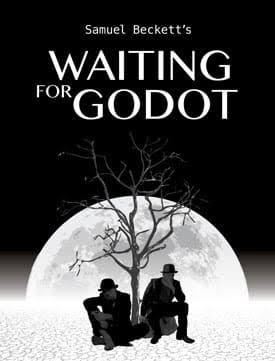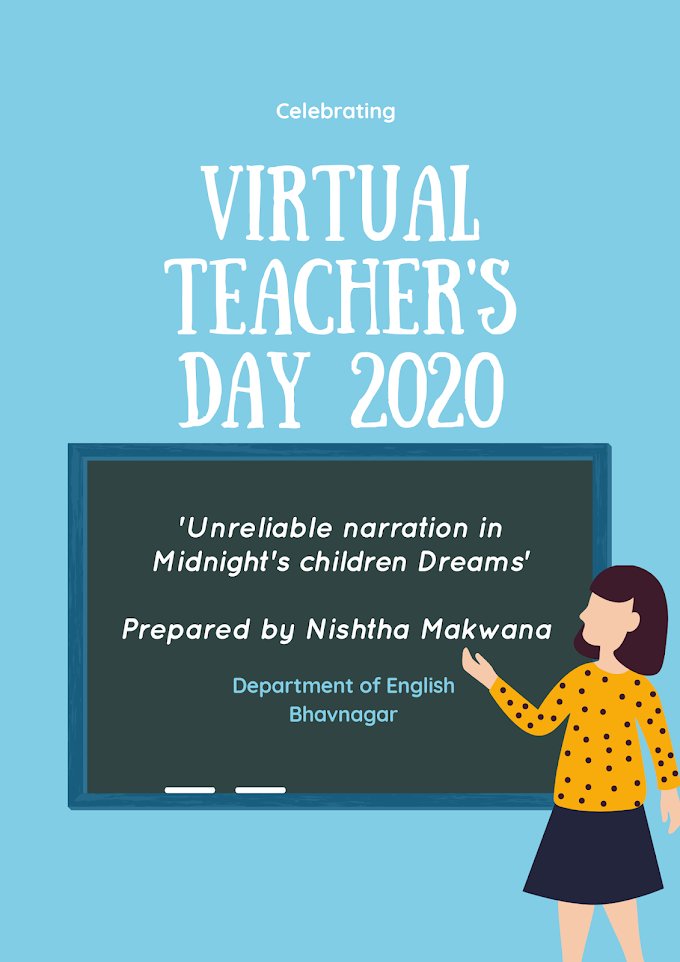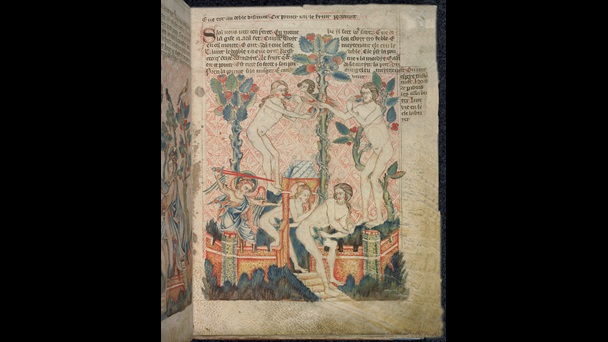Hello readers, welcome to my blog.
This particular blog is designed as a task given by Prof. Dilip Barad. To know more about it click here.
How can you explain that 'what' Virginia Woolf wanted to say (for example, the complexity of human relationship, the everyday battles that people are at in their relationship with near and dear ones, the struggle of a female artist against the values of middle/upper class society etc) can only be said in the way she has said?
Narrative technique is a method to tell a story and a way by which a writer can convey whatever he or she wants to say. In narrative technique there are three types of narrators
First person narrator
Second person narrator
Third person or unknown narrator or omniscient narrator
Here in the novel To the Lighthouse we can find the third person narrator who is unknown. Virginia Woolf is known for her use of stream of consciousness technique in her novels. The term was introduced by William James in his Principles of Psychology (1890). In this literary style we can find a person's continuous flow of emotion, feelings and thoughts and without any interruption. In this method there are two types of monologues
Direct Interior Monologue
Indirect Monologue
Now the question is her way of telling the story or we can say the struggle between the characters as she presented was the only way or not? Everyone has their own style of writing. She has chosen the technique of stream of consciousness to convey her thoughts. She has dealt with ideas rather than events. The popularity of the novel itself shows the effect of using stream of consciousness on readers. Rather than outer conflict we all are suffering from inner conflicts, our own thoughts which nobody can know or understand, by using this technique we can understand the human psyche. She is also suffering from mental illness, if she wanted to say about feminism and complexity of human relationships, then this is one of the best ways to say all these things as she said.
When an author writes a book or any literary work, that work is her or his. But after being published the work becomes of readers. Readers can also interpret through their understanding. To the Lighthouse is one of the best novels among modernist literature. This work is largely considered as an autobiographical work of Virginia Woolf. And we can not say it is centralized only one idea or theme, and that is the beauty of this novel.
Do you agree: "The novel is both the tribute and critique of Mrs. Ramsay"?
We can say both, a tribute and critique of Mrs Ramsay. But Virginia Woolf has portrayed this character in such a way that readers can interpret in different ways. Perhaps she criticized her character in such a way that even readers can not catch that thing directly. If you are feminist then definitely her character will trouble you. But if you are patriarchal then you will praise her character. Andre Viola in her article 'Fluidity vs Masculinity: Lily's Dilemma in Woolf's To The Lighthouse' criticized the character of Mrs. Ramsay. In the article 'The Vision' Glenn Pedersen also thorough some lights on rhe vision to see Mrs. Ramsay's character.
'Someone had blundered' the vision of Lily Briscoe reveals that it was Mrs. Ramsay
From Lily's vision Mrs. Ramsay was a negative force, because after her death her family is very happy. Both the articles are criticizing the character of Mrs. Ramsay.
Considering symbolically, does the Lighthouse stand for Mrs. Ramsay or the narrator (Virginia Woolf herself who is categorically represented by Lily)?
Lighthouse is a symbol of spirit, strength and guidance. If we see practically then when people lose their way in the sea, lighthouses help them to find a way. Like this, in our life when we lose the way, then there is someone who guides us. In the novel most of the people consider Mrs. Ramsay as a lighthouse, she is like a bridge between her husband and her children. She always tries to guide everyone. But when we see from Lily's vision then she was a negative force, which became a hurdle between children and father. We can say the narrator is a symbol of lighthouse because it connects all in one. Narrator becomes the bridge between characters and the readers.
What do you understand by the German term 'Künstlerroman'? How can you justify that 'To The Lighthouse' is a 'Künstlerroman' novel?
Künstlerroman is a German term. It means an artist's novel. And throughout the novel the growth of that artist. 'Deals with the youth and development of an individual who becomes—or is on the threshold of becoming—a painter, musician, or poet'(Britannica). In To the Lighthouse we can find artists like Lily Briscoe as a painter and August Carmichael as a poet.
"... the wages of obedience is death, and the daughter that reproduces mothering to perfection, including child-bearing, already has on her cheeks the pallor of death. One reminded here of various texts by Lucy Irigaray, in which she attacks mothers for being, however unwillingly, accomplices in the patriarchal system of oppression." (Viola). In light of this remark, explain briefly Lily's dilemma in 'To The Lighthouse'.
As we have a misconception that women can not survive without men, Lily is also suffering from this Dilemma. Whether she needs men to live her life or not, that is her confusion. On the other hand Mrs. Ramsay tries to convey her to get married. To the lighthouse novel is a biographical work of Virginia Woolf, we can find that Lily is the presentation of Virgo Woolf herself. Lily is finding a vision, a vision to see the life and at the end she find her vision after completing Mrs. Ramsay's painting. She says…
'It was done; it was finished'
You have compared the 'beginning' and the 'ending' of the novel and the film adaptation of the novel directed by Colin Gregg. Do you think that the novel is more poignant than the movie? If yes, do you ascribe the fact that the power of words is much greater than that of the screen / visuals?
It says that visual scenes are more effective than words. But not every time it happens. Sometimes words have more charm and sometimes visual effects more on our mind. There is a difference between the end of the movie and the end of the novel. The novel ends with this dialogue by Lily..
'It was done; it was finished'
While there is a long scene in the movie. The effect of lights and the way Lily was walking gave us ways to interpret the end on our own. She lies down on the bad and and also remembers Mrs. Ramsay's talk. Movie's ending is more effective according to me.
Write summaries of this articles:
Mythical Patterns in 'To the lighthouse' by Joseph L. Blotner :
Virginia Woolf has not used myth consciously, but she has used it subconsciously. We can not find any direct reference of it, but her diary, which can be an evidence that she used to read Greek mythology. In the novel we can find the myth of Primordial Goddess, who is threefold in relation to Zeus.
Reha Mother
Demeter Wife
Persephone Daughter
All three goddesses can be compared with Mrs. Ramsay.
Fluidity Vs Masculinity: Lily's Dilemma in Woolf's 'To the lighthouse' by Andre Viola :
By profession Lily is a painter and wants to be a good artist. But Tansley who is doing, he says..
'Women can't paint..'
Mrs. Ramsay has the same bipartisan betrayal at dinner. There is no doubt that she is the presiding hostess who takes the tension between people and makes it easier because of the tension between people and gives them an exceptional nature.
Virginia Woolf must have emphasized the circumstances of her early life in late Victorian England, fought extremely courageously against these conditions and determined the position of bravery and distance on sexual issues.
Work cited
Blotner, Joseph L. “Mythic Patterns in To the Lighthouse.” PMLA, vol. 71, no. 4, 1956, pp. 547–562. JSTOR, www.jstor.org/stable/460631.
Pedersen, Glenn. “Vision into the Lighthouse.” PMLA, vol. 73, no. 5, 1958, pp. 585–600. JSTOR, www.jstor.org/stable/460303.
Viola, André. “Fluidity versus Muscularity: Lily's Dilemma in Woolf's ‘To the Lighthouse.’” Journal of Modern Literature, vol. 24, no. 2, 2000, pp. 271–289. JSTOR, www.jstor.org/stable/3831911.
Woolf, Virginia. To the Lighthouse. London: Marshall Cavendish, 1988. Print.








0 Comments